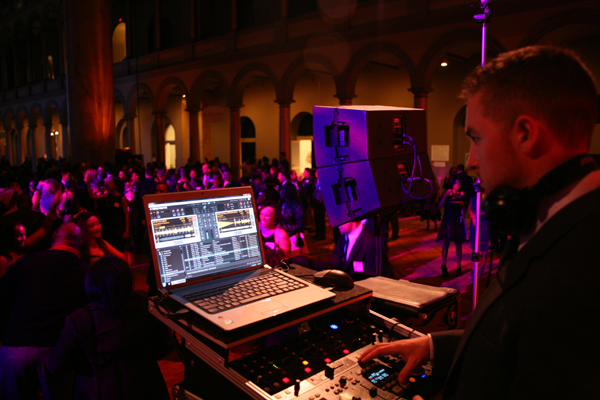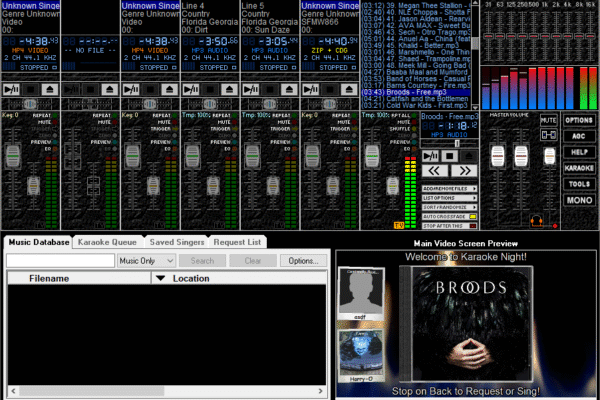Understanding Electroacoustic Tests: A Practical Guide for Everyday Use
Audio Quality Analysis: The Difference Between THD and THD+N
When you’re diggin’ into audio quality, you’ll come across terms like Total Harmonic Distortion (THD) and Total Harmonic Distortion plus Noise (THD+N). Now, THD measures how much unwanted noise is mixed in with your music—it’s kinda like hearing a jangly racket while you’re tryin’ to enjoy your favorite song. On the other hand, THD+N gives you a broader picture ’cause it takes into account the noise too. It’s like sayin’, ‘You got your music playin’ all fine, but there’s also a pesky buzz in the background.’ You want that THD number to be low; it tells ya that yer audio equipment is doin’ a good job of keepin’ things clean and crisp!

Noise Measurement: Introduction to Sound Pressure Level Parameters
If you’re workin’ with sound, you gotta know how loud things really are. That’s where sound pressure level (SPL) parameters come into play. SPL is measured in decibels (dB), and it shows the intensity of sound. Think of it like this: a whisper is about 30 dB, while a rock concert can reach up to 120 dB! If you’re lookin’ to measure noise in your surroundings, you’ll need to pick up a sound level meter. This handy tool helps you see just how much sound is floatin’ around, helpin’ you figure out if it’s too loud or not for your needs.
Introduction to Beam Forming Technology in Acoustic Imaging
Now, beam forming’s a real game-changer when it comes to acoustic imaging. It’s like pointin’ a flashlight in the dark to see what’s hiding in the corners. With this technology, microphones group together to focus on sound coming from particular directions while drownin’ out the rest. This comes in real handy, say, when you’re tryin’ to capture a concert or a bird singin’ in the woods. You’d get a clearer sound without all the unwanted rumble drownin’ ’em out. So if you’re into recording or sound diagnosis, beam forming surely helps you hone in on that sweet, sweet sound!
Working Principle of Condenser Microphone
When you think of microphones, the condenser type is one that really stands out. These fancy gadgets rely on a diaphragm that’s charged to create sound waves, pickin’ up even the slightest intonations. Think of it like a fine-tuned ear listenin’ to every word you say. They’re commonly used in recording studios and for live performances because they can capture details that some dynamic mics might miss. Plus, you don’t gotta shout; just speak naturally, and they’ll pick it up! Keepin’ your sound true and full—from a whisper to a bang—is what these little beauties aim to do.
Factors Affecting Microphone Sensitivity
So, what about the sensitivity of those ever-important microphones? A few factors can influence how well they pick up sound. First off, the design of the mic—different shapes and sizes have different characteristics. The electrical components inside also play a role; a higher quality circuit can make for a more responsive mic. Lastly, environmental conditions, like temperature and humidity, can also affect performance. If you’re recordin’ in a damp basement or a hot attic, expect some inconsistencies. Knowing all this helps you choose the right mic for your needs!
Electroacoustic Testing: Insights for Optimal Performance
When it comes down to makin’ sure your audio equipment works right, electroacoustic testing is where it’s at. This method evaluates the acoustics and ensures that all components are doin’ their job properly. Think of it as a health check-up for your speakers, making certain there ain’t any distortion or frequency flaws. It’s crucial, whether you’re a home theater buff or an audiophile lookin’ for that perfect sound. By investing in electroacoustic testing, you’re also breeding longevity in your devices—gettin’ to enjoy your sounds for many years to come!
Electroacoustic Measurements: Ensuring Quality in Sound Production
Now let’s talk about the nitty-gritty of electroacoustic measurements. These play a vital role in determining the characteristics of sound, especially when creating or assessing audio products. With accurate measurements, you can fine-tune any setup, making certain the audio meets and exceeds standards. Conductin’ these measurements could mean the difference between a muddy sound and one that’s as clear as day. Whether you’re workin’ with microphones, speakers, or sound systems in general, understanding these measurements can elevate your audio game immensely!
Conclusion: Why Crysound is Your Go-To for Electroacoustic Testing
In a world where sound can make or break an experience, understanding electroacoustic tests and measurements is key. By keepin’ your audio quality in check, from THD and SPL to the workings of microphones, you enhance not only your listening experience but the functionality of your sound systems as well. For those looking to dive deeper or need top-notch equipment to conduct these tests, I can’t recommend crysound enough. This brand boasts supply advantages that set the stage for excellence in all your audio endeavors. Get out there and embrace the world of sound!


